In this blog post, I’ll talk about green light LED therapy. As it turns out, green light therapy has many different effects on the human body, in the same way blue and red light have effects. Nevertheless, in light therapy, green lights aren’t talked about as elaborately as red and blue light are, even though there are quite a few studies on this topic.
This blog post is part of a series on chromotherapy that explores all visible colours of light:
- Blue Light LED Therapy: The Complete Overview
- Yellow Light LED Therapy: Essential Insights
- Purple Light LED Therapy: The Full Scoop
- Orange Light LED Therapy: A Detailed Exploration
- Cyan Light LED Therapy: In-Depth Knowledge
- Red LED Light: Everything You Need To Know
- Color Psychology: How Colours Affect How You Feel
You may want to explore these topics if you’re interested. Today I’ll consider what green light therapy is and its benefits. Here we go:
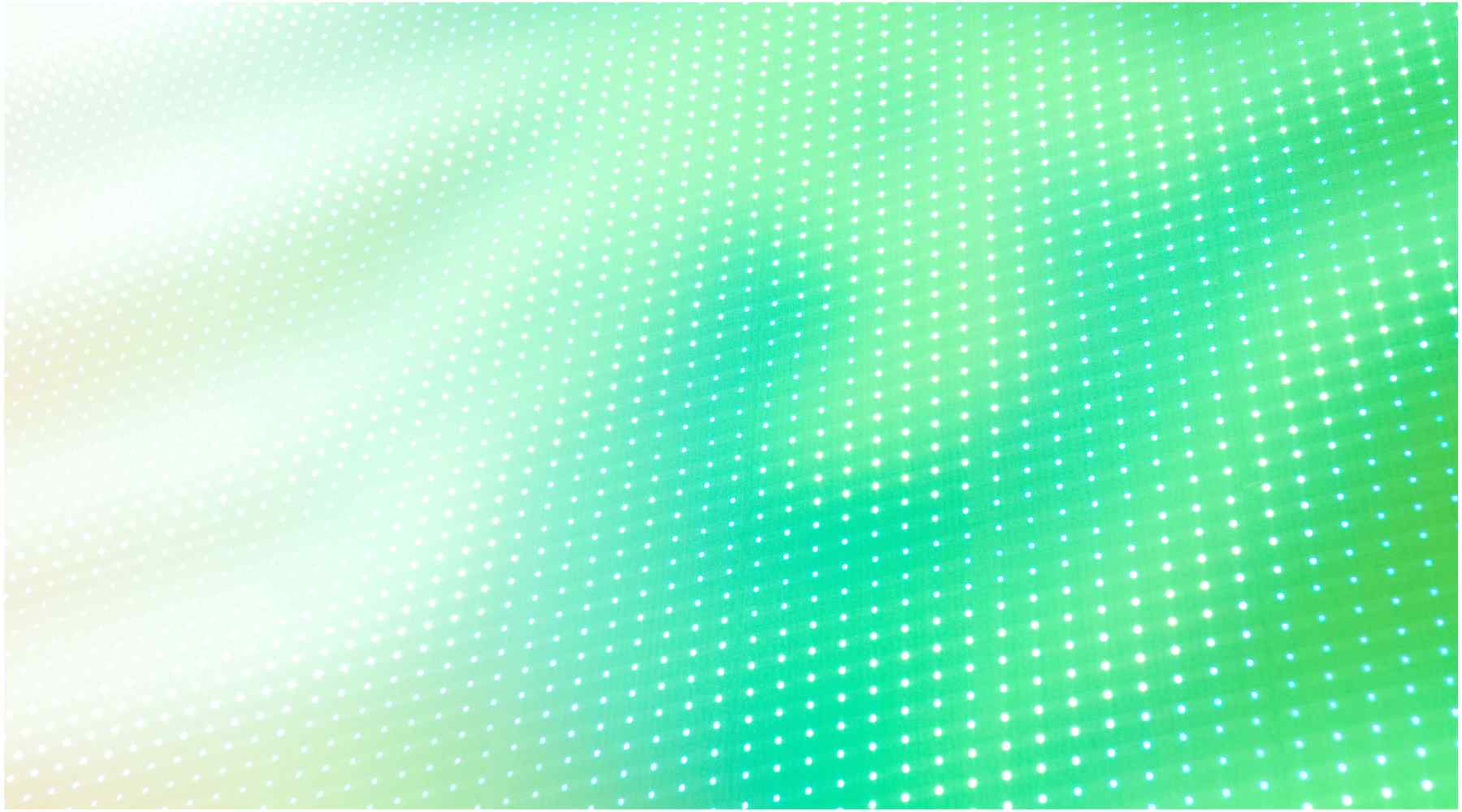
What Is Green Light Therapy?
To understand green light therapy, you first need to understand light therapy. Light therapy - as the name implies - uses light. Different types of light exist, such as ultraviolet light that potentially gives you sunburns and infrared light that makes sunlight (and saunas) feel hot.
And then there’s visible light. Visible light can be divided into all colours of the rainbow. So there’s purple, blue, green, yellow, orange, red, and everything in between. In physics, all these types of light are measured in wavelength. Each wavelength has a specific effect.
Blue light at 480 nanometres (nm) may improve skin health and wakefulness, for instance. Red light at 630nm enhances energy production and lowers inflammation, among others. And then there’s green light, which starts at 500nm and goes up to around 570nm.
Green Light Therapy As Part Of LED Light Therapy
For most of history, humans were exposed to green light through the sun. Nowadays, however, it’s possible to use artificial light to expose your body to different types of light. That LED light therapy can work in several ways.
First, you can get green LEDs that emit lights at, say, 530nm or at 550nm light. Alternatively, you can achieve light that is perceived to be green by mixing colours. As you may know from elementary school, you can create secondary colours by mixing the primary colours of blue, red and green. The chromotherapy in our infrared saunas works that way and emits:
Red light at 660 nm, green at 540 nm, and blue at 405 nm. You can subsequently create yellow light by combining red and green light, violet through red and blue, and orange through green and blue.
And it turns out that green light, using LED light therapy, has very specific health effects. In the section below, I’ll explore some of these health effects:
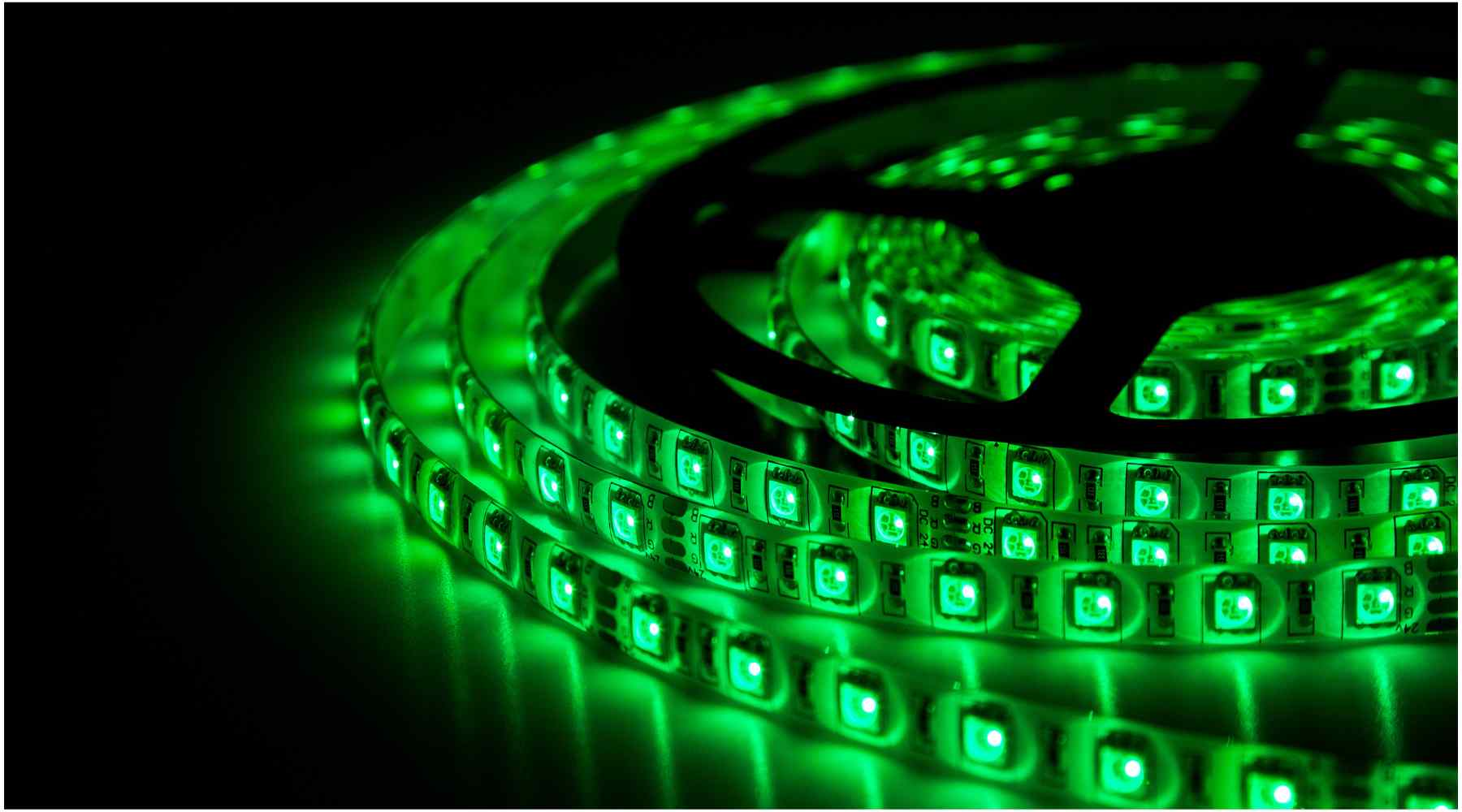
Benefits Of Light Therapy Green Lights
So let’s consider the LED green light therapy benefits. About 100 studies exist on the benefits of green light therapy, and I’ll cover the most important ones here.
What Does Green LED Light Do For Skin?
First up, skin green LED light for the skin. Several studies have investigated the effects of green light on the skin (1; 2; 3; 4). Green light can stimulate fibroblast levels. These fibroblasts play a significant role in the structural integrity of the skin and wound healing.
Secondly, green light affects skin cells directly. Green light allows new skin cells to be created and helps them migrate to areas where these skin cells are needed. The effect here is even stronger than with red light therapy on some mechanisms related to skin health.
Next up, green light therapy improves blood flow in the skin and even helps create new blood vessels. These blood vessels subsequently enhance blood circulation, aiding skin health in turn.
The ageing process generally decreases blood vessel health and blood circulation, leading to poorer skin health and appearance. Green light for skin is thus a welcome benefit.
Next up:
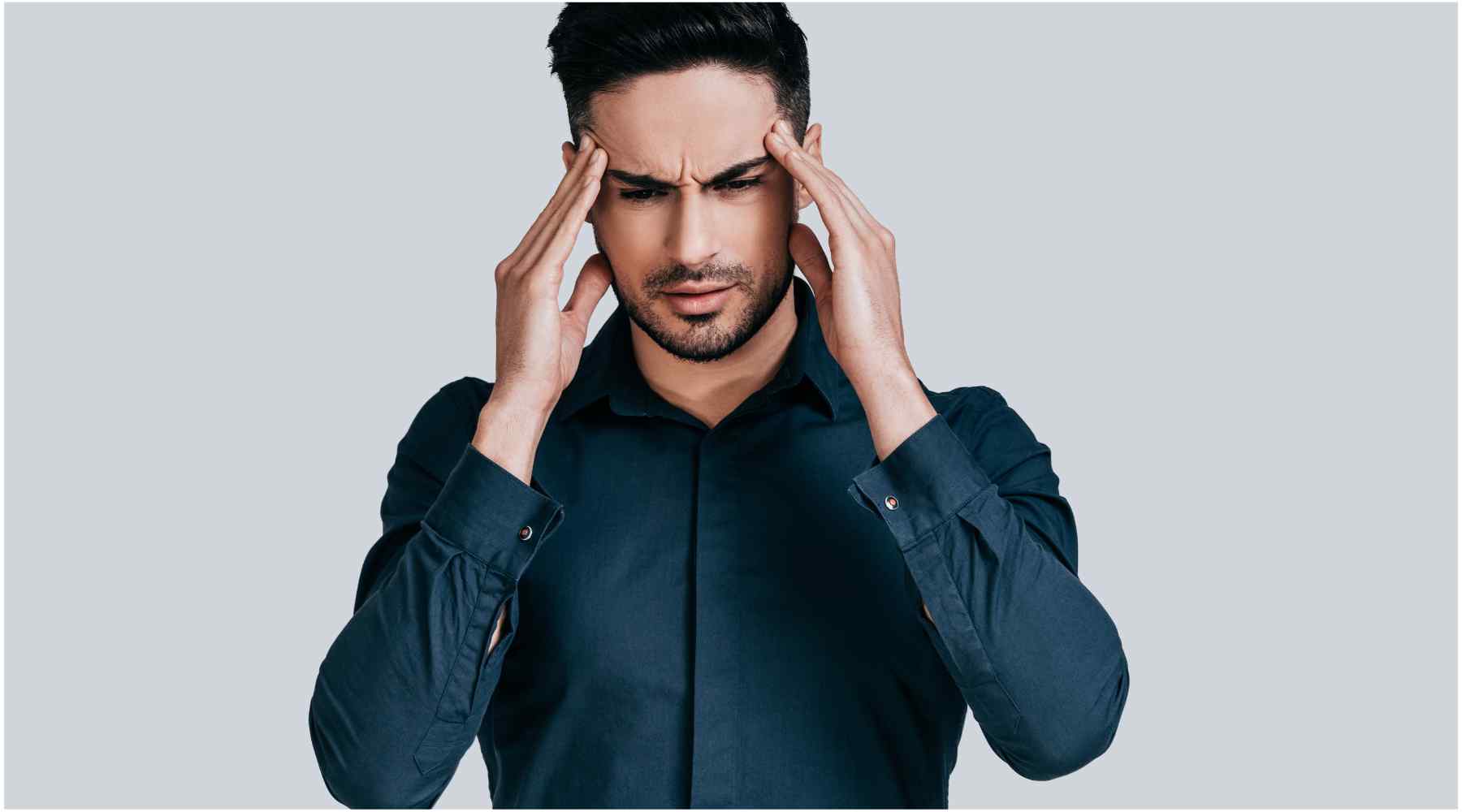
Does Green LED Lights Help Headaches? And What About Other Pain Types?
According to recent studies, green LED lights help headaches get less intense (5; 6; 7; 8). Even in people with chronic headaches and migraines, a simple green LED reduces the number of days you’re affected by these headaches. The result in studies is a big increase in the quality of life. No side effects are found also.
Next up, green light increases the GABA levels in the brain. “GABA”, or “Gamma-AminoButyric Acid”, is the primary relaxant neurotransmitter in the brain. Neurotransmitters are brain signalling compounds. In plain English, green light calms the nervous system, which then results in a decrease in pain.
Also, in some studies green light helps release natural opioids, which are the body’s endogenously created painkillers. And green light has an anti-inflammatory effect. As a result, green light affects not only headaches but other types of pain, such as nerve pain.
A lot more research is needed here, but preliminary results that have been published so far are extremely promising.

Is Green Light Good For Sleep?
If you ask, “Is green light therapy good for sleep? then my answer will be “It depends”. When green light enters your eyes during the daytime, it tells the day and night rhythm in your brain and body that it’s time to wake up (9; 10; 11). That day and night rhythm is called your “circadian rhythm” and the primary input of that rhythm is green and especially blue light.
During hundreds of thousands and even millions of years in the past, sunlight was the main tell to your ancestors’ biology that it’s daytime or nighttime. During the daytime, sunlight tells the brains of your ancestors to stay awake through blue and green light exposure in the eye. At night, the absence of sunlight (and thus blue and green light) increases melatonin in the brain, leading to better sleep quality.
So what does this abstract story mean to you?
Simple: when using chromotherapy inside your sauna, it’s best to use the green light during the day and potentially in the early evening. If you use the 540nm light included in our chromotherapy late at night, it will suppress the creation of melatonin in your brain and likely lower sleep quality. Only the red light is safe late at night in that regard.
Other Green Light Effects
Yes, other green light effects may exist as well. For instance, there’s reasonable evidence right now that green light affects both fat loss and the muscle mass gains that you’ll get. Also, because so many of the 100 studies published on green light therapy are positive, many other green light effects are likely found once more publications on this topic emerge.
Finally, let’s conclude:
Green LED Light Therapy Is Extremely Promising
It’s very nice to see that green LED light therapy has solid effects for skin health, countering pain, boosting energy levels during the day, building muscle mass and losing fat. And we’ve been aware of the effects of different types of light for some time and therefore included chromotherapy inside our saunas. For the best results, switch your green light therapy on during the morning, afternoon, or early evening, and receive the benefits I’ve laid out in this blog post.


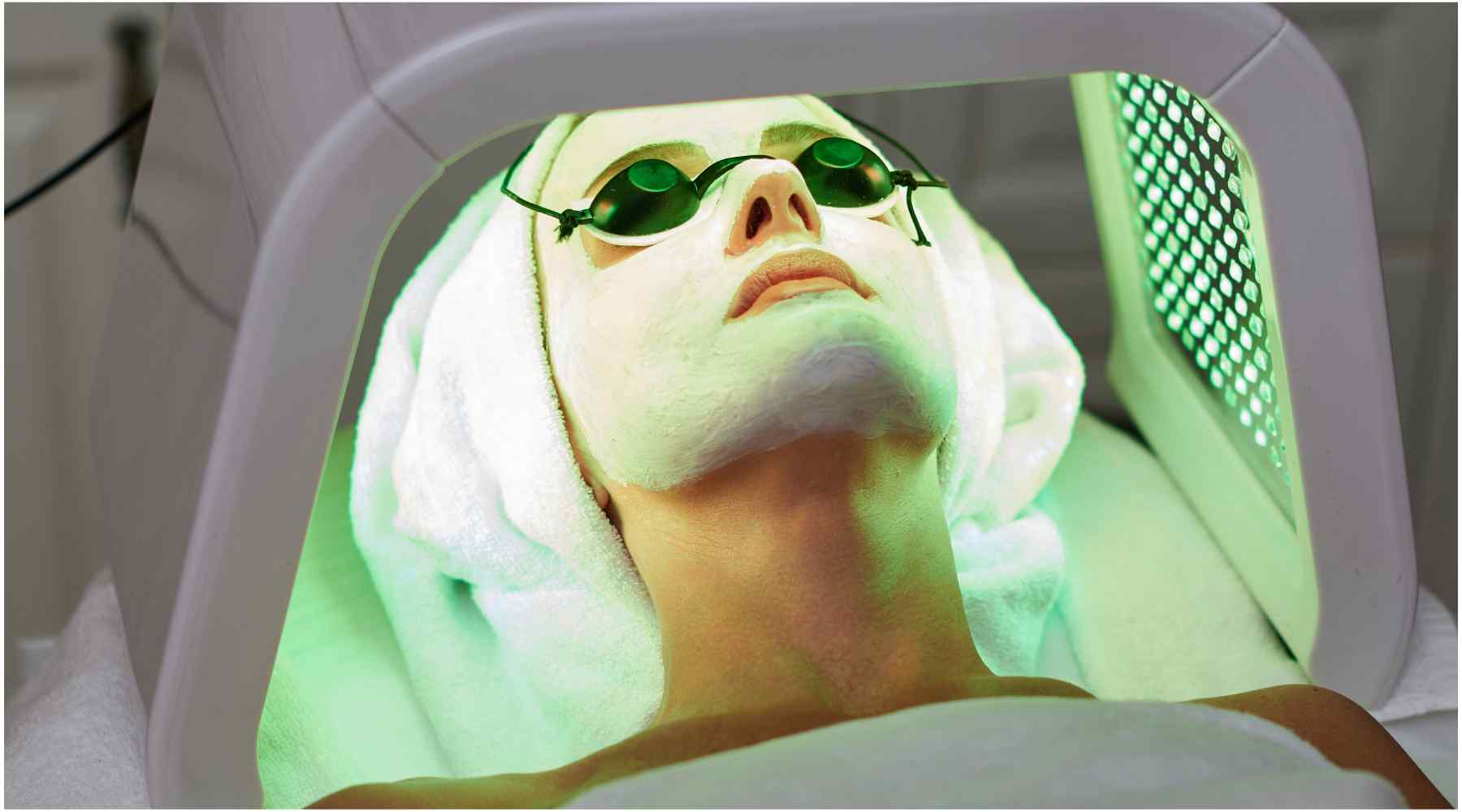
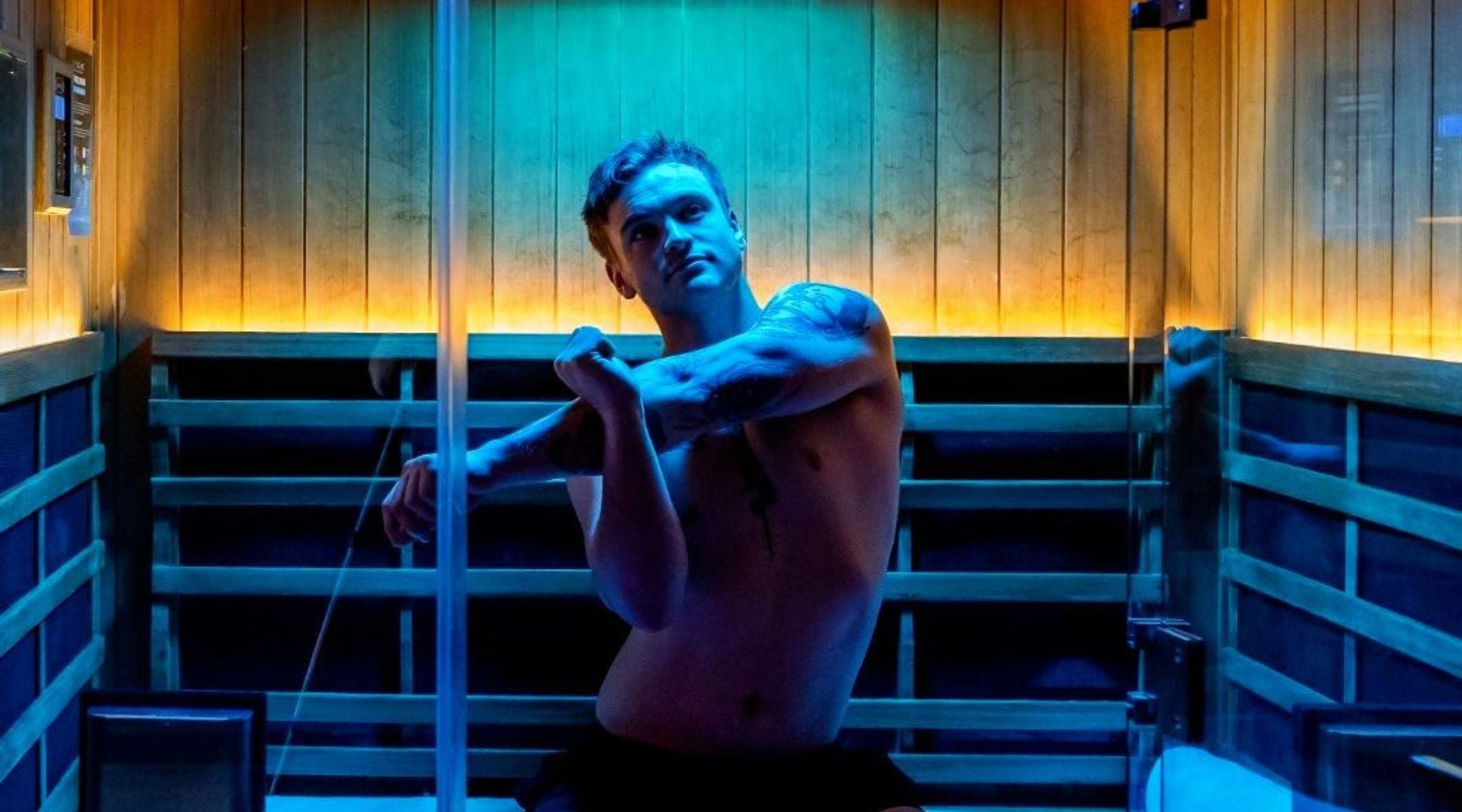
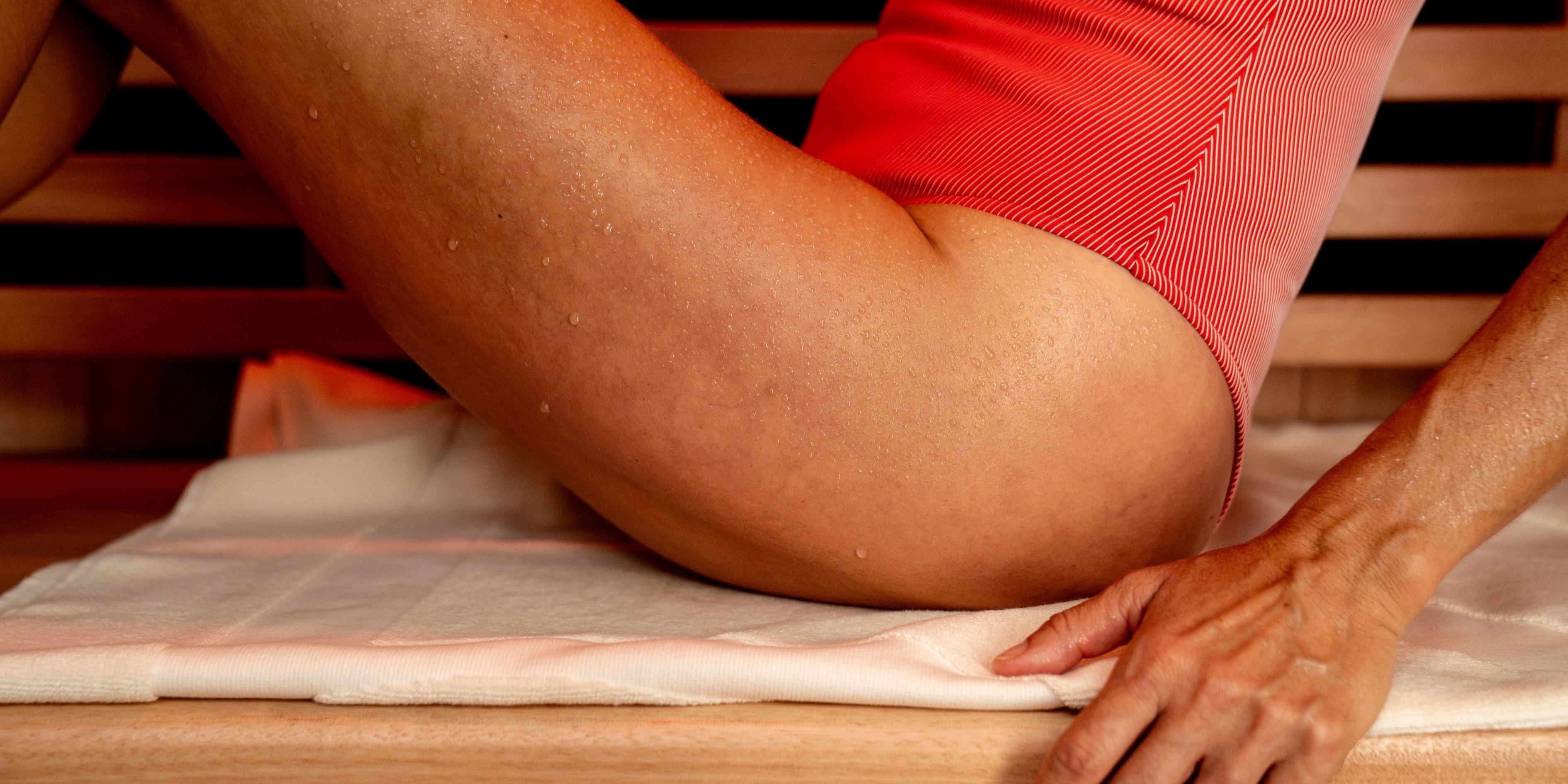
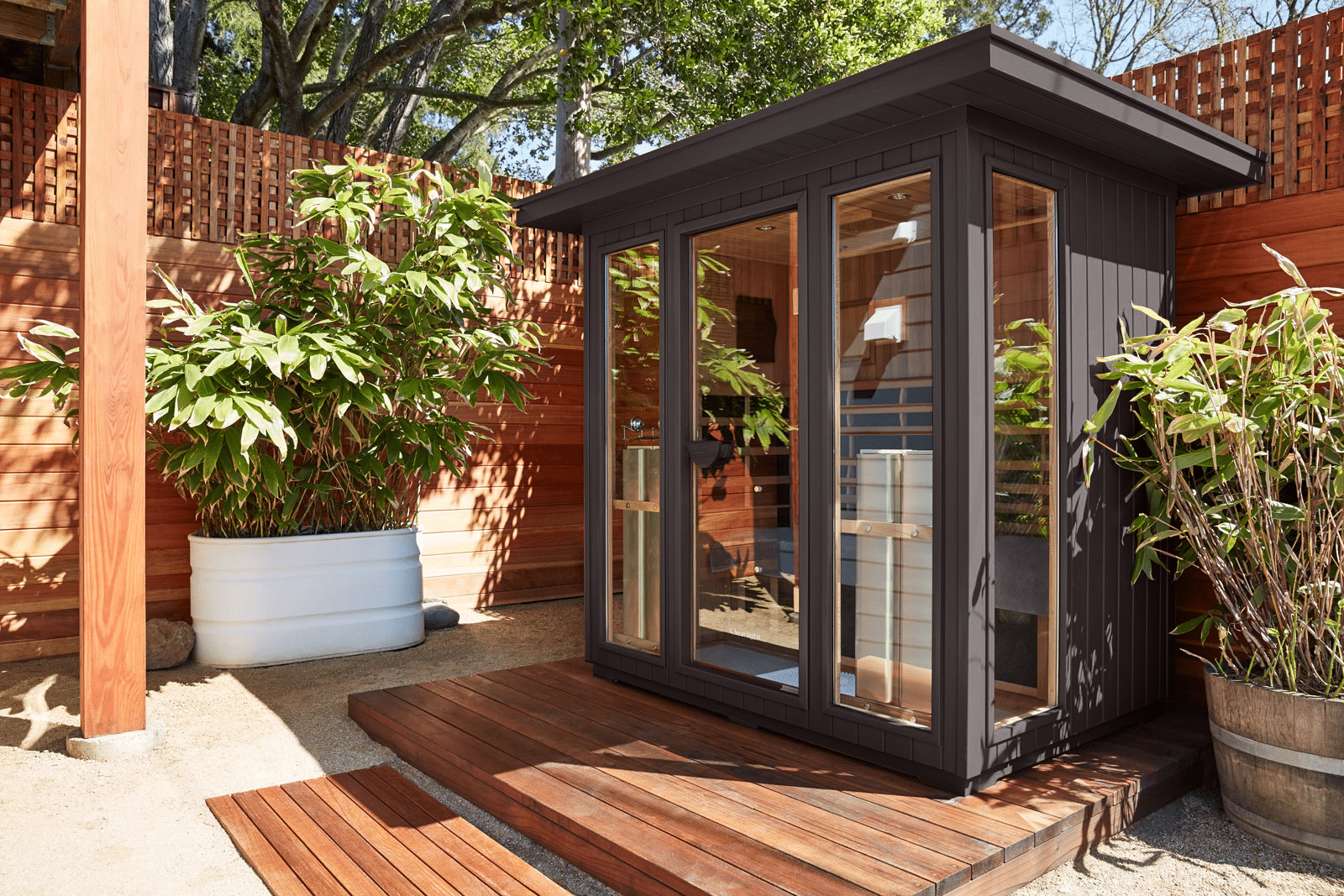

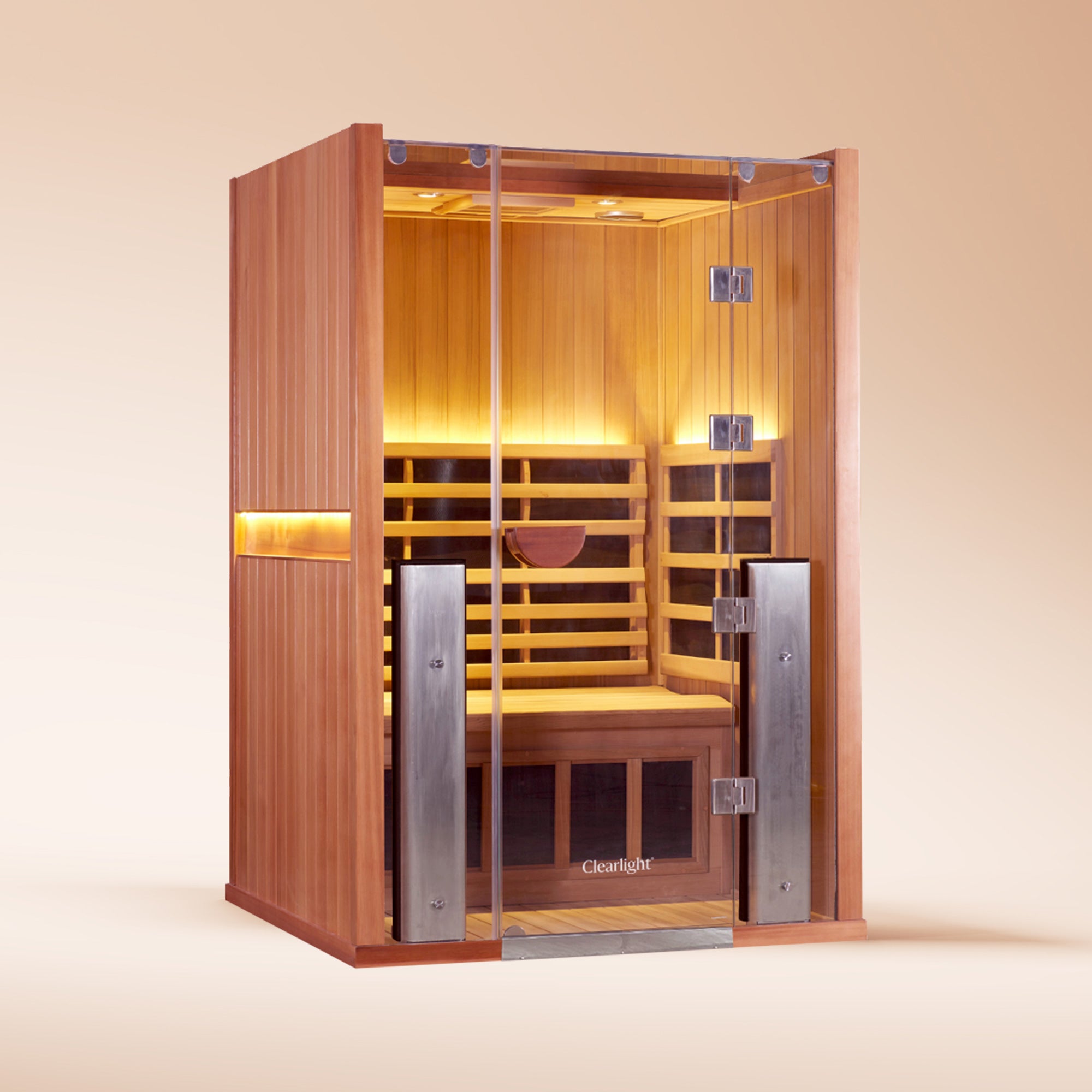
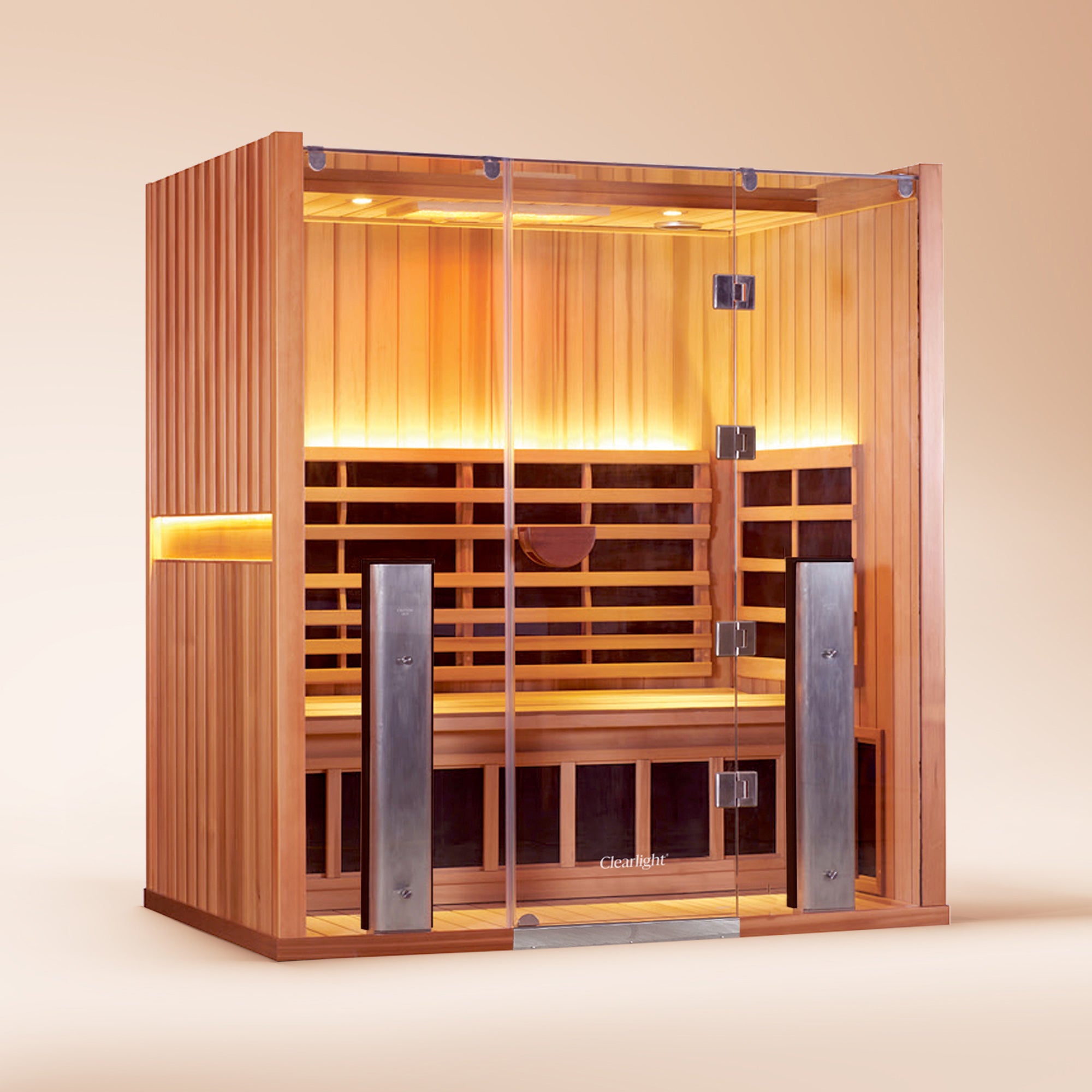
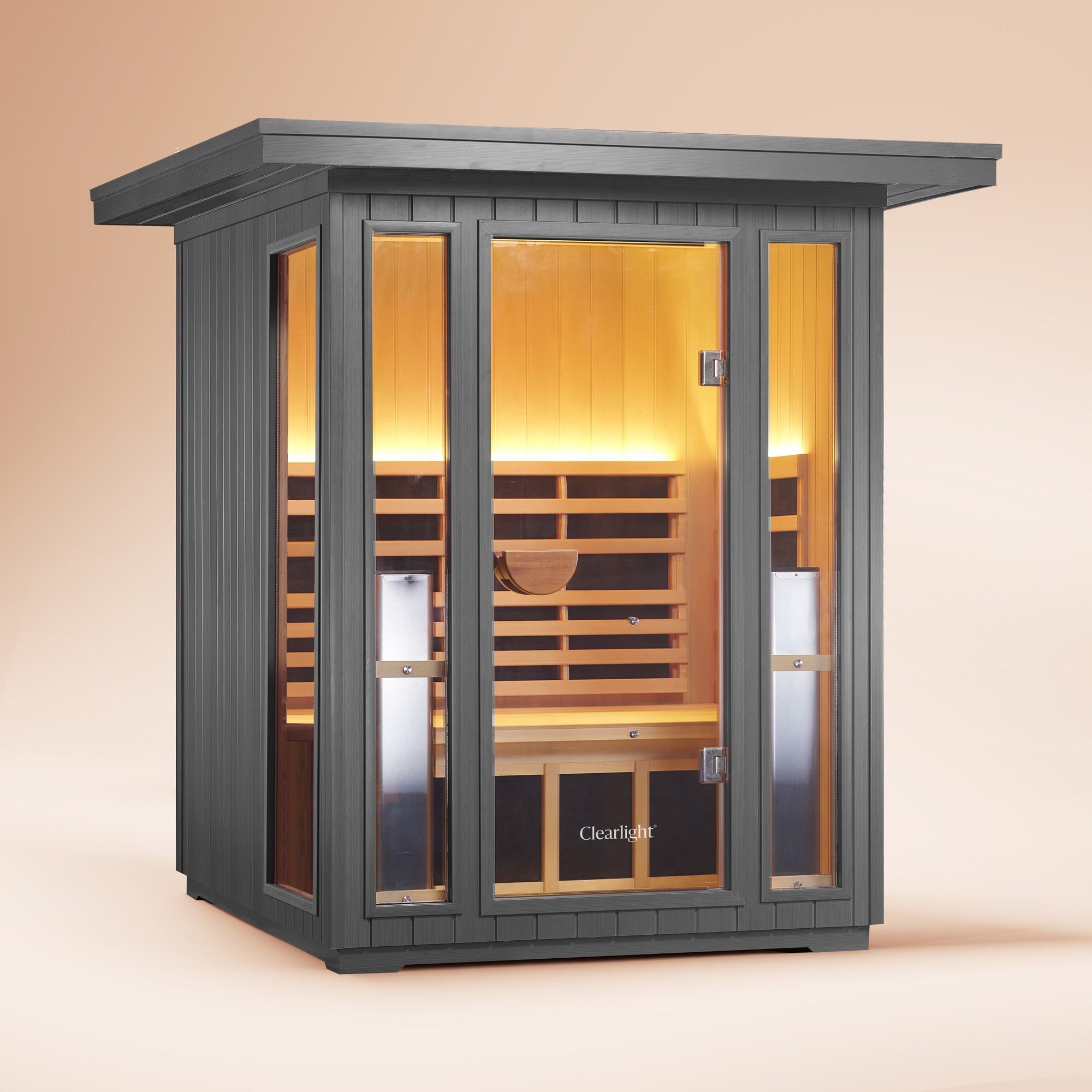
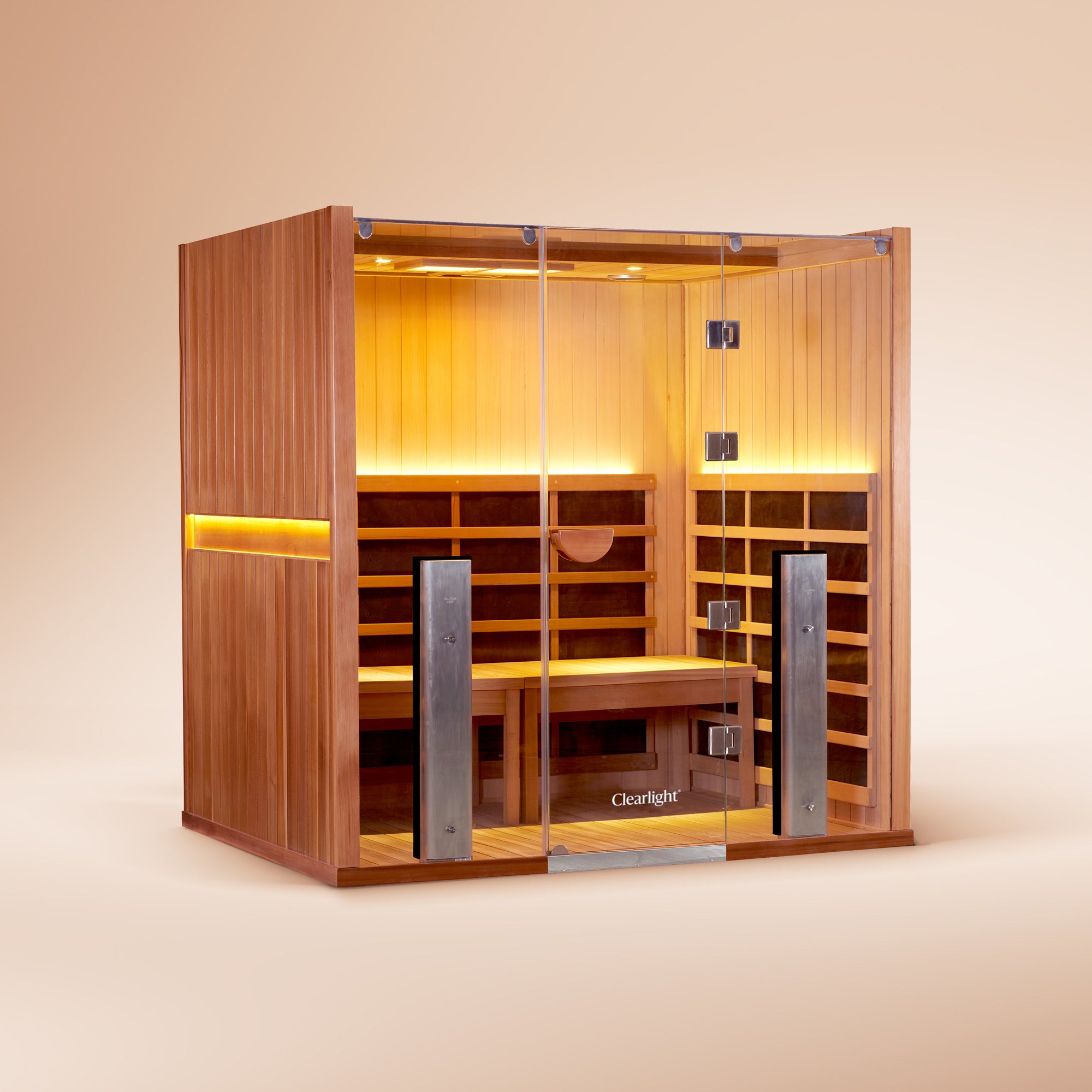
What are the Best Results from a Sauna?
Can You Use Electronics In An Infrared Sauna?